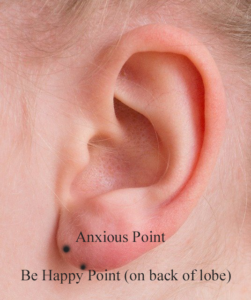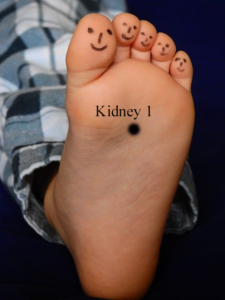Stress and anxiety depress and suppress your immune system. Being in a fear state puts your body into a sympathetic state of fight/flight/freeze. There are evolutionary uses for your sympathetic nervous system to be activated–it kept you alert and ready to run from a tiger ready to eat you. However, modern society can keep you feeling like there is always a tiger when there really never was a tiger ready to pounce on you.
Let’s consider the physiological differences between the sympathetic and parasympathetic nervous systems.
During a sympathetic response:
- Blood pressure increases
- Blood flow increases to muscles, lungs, and other areas essential for moving away from perceived danger
- Blood flow decreases to the digestive and reproductive systems
- Stress hormones, such as cortisol, and neurotransmitters, like epinephrine, increase to make us stronger and faster
- Glucose is rapidly released to be burned for quick energy
During a parasympathetic response:
- Heart rate and respiration slow
- Blood pressure drops
- Intestinal activity increases
- Blood flow increases to the digestive tract
- Neurotransmitters like acetylcholine, which regulates muscle contractions, including cardiac muscle, are released
- Stress hormones decrease
As I am writing this, businesses are shut down, restaurants are taking carry-out orders only, and people are choosing to stay in. I hope that things will have calmed down by the time you read this, but these techniques are helpful even when we aren’t in a health panic.
Self-Compassion and Self-Touch
One thing that we may find with our social distancing is a lack of contact with others. We are social beings. We need contact with other humans. However, it is being advised to avoid this contact. I encourage you to give extra touch to your family you are comfortable with. I also highly encourage self-compassion and self-touch. Simply placing your hand on your cheek or over your heart and saying, “It is ok, sweetheart,” can create a sense of safety, love, and belonging that boosts our immune system. Be sure to take the time several times a day to comfort yourself as you would a child or dear friend.
Have a Pity Party
Taking time to allow yourself to feel your emotions is one of the most powerful ways to move through them. We often stuff or ignore our emotions and tell ourselves that we are bad for feeling any negative emotions. This is very unhealthy. Remember, every dis-ease has an emotional component. Do not force your emotions down and suppress them–it is a recipe for disaster health-wise.
When I was younger, my mom would tell my sister and me to have a pity party when we were having a rough time. In this time, we were allowed to yell and cry and generally feel sorry for ourselves. But the time was limited. We couldn’t go on for days and days. But we didn’t need to. Giving yourself permission to truly FEEL your emotions without judgement or trying to change them makes the time you need to work through them shorter.
During any time of stress, it is good to allow yourself to grieve for losses, to be angry over things that are unfair, and to worry what might come. Feel the emotions and stay with them, gently observing what you feel. You will be surprised how good you will feel after doing this.
Acupressure Points
There are several points on our bodies where we can put pressure to stimulate acupuncture points and meridian points. These have been used in Chinese medicine for millennia. Hold these points with medium pressure for 30 seconds to 3 minutes.
Two Useful Ear Points:
These ear points are go-tos for helping reduce stress and anxiety. You can also massage the entire ear, pulling on the lobe and rubbing all of the shell. It feels good and helps to calm us.

Heart 7:
This is a point along the heart meridian. It is a point used to help relieve tension and to take the edge off a rough day. It is found where your arm meets your hand, on the pinkie side, in the middle of the ulna and the pisiform bones (two of the small bones in your wrist). It is on the crease of the wrist.

Kidney 1:
This is a wonderful point. It can help with sleep and creates a sense of tranquility and relaxation. You will want to be sitting to find this point because you need to access the bottom of your feet. Starting at a line from between your second and third toes, imagine a line straight down the foot going towards the heel. When you are about 1/3 of the way down that line, you have found the Kidney 1 point. Push firmly on the center of your foot on that line to stimulate this point.

Governing 17:
Use two fingers on this point. It is on the back of your head just above the midpoint on the back of hair line. There is a depression in the upper boarder of the occipital protuberance. In plain English, this point is just at the point where the soft spot of the back of your head turns back into bone.

Other In-Home Therapies
- Acupuncture
- EFT Tapping
- Magnesium and sea salt baths or foot soaks
- Meditation
- Prayer
- Gratitude
- Journaling
Other Professional Therapies
- Acupuncture
- Reflexology
- Massage
- Craniosacral
- Talk Therapy/Counseling
Note: Everything here is for information only. This is not meant to treat or diagnose any medical condition. Seek a qualified medical professional.
